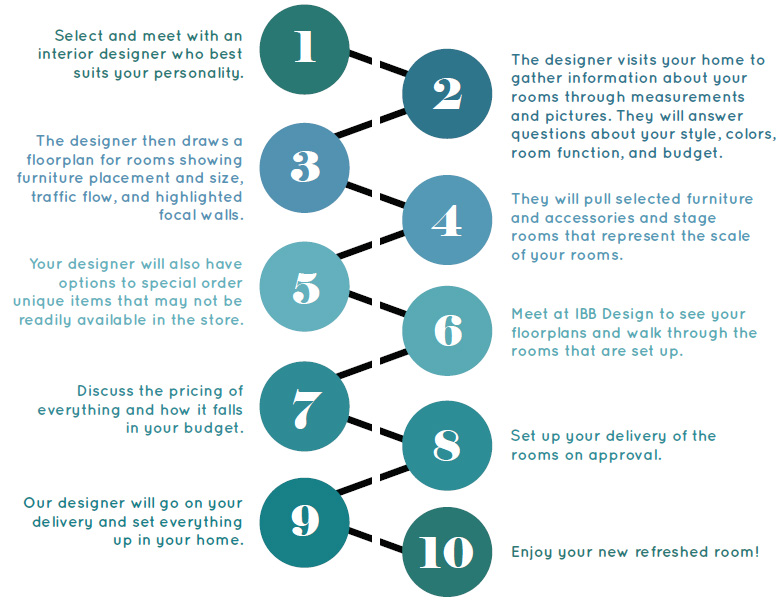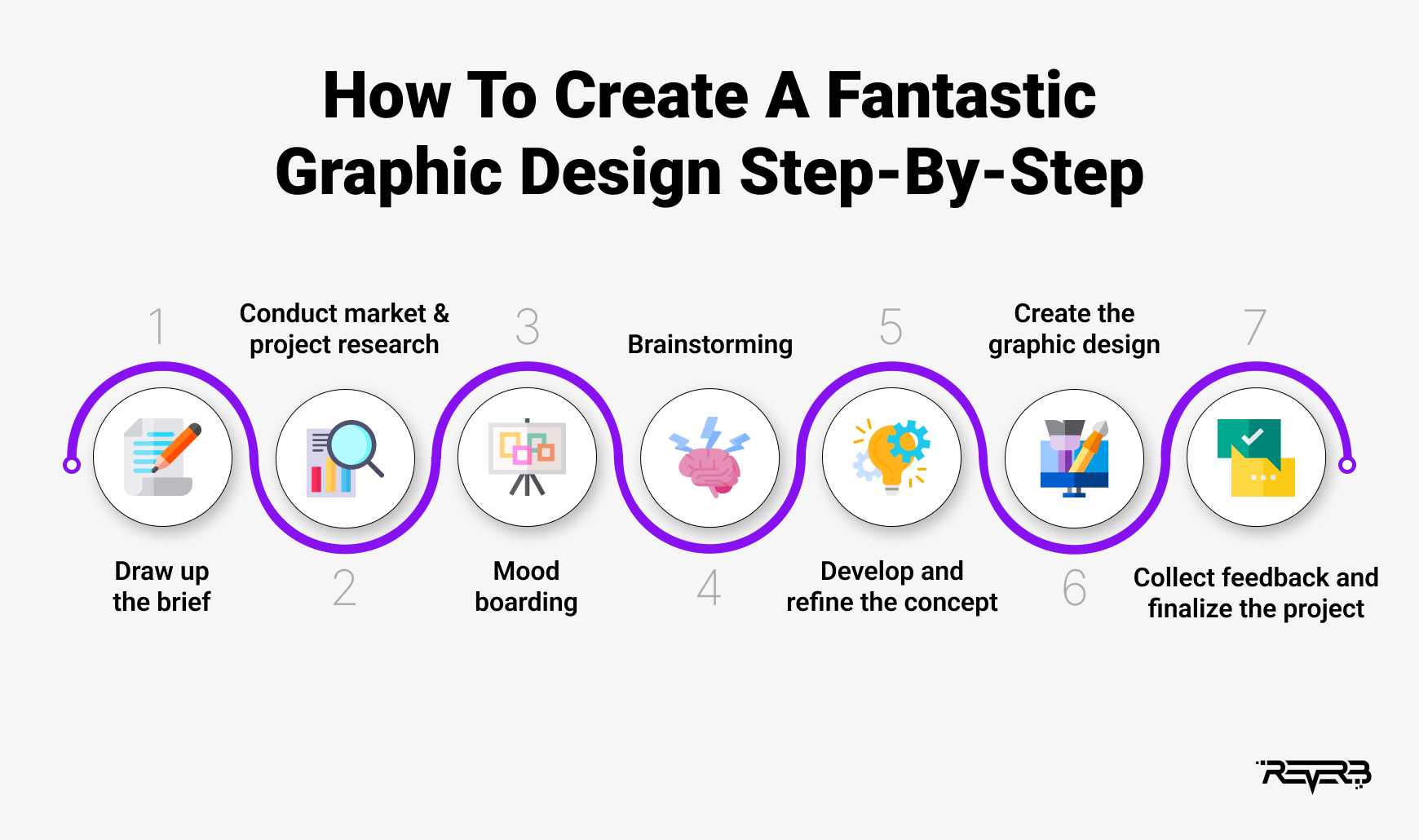Table Of Content

While experienced ones just need a handy refresher to polish their own methods. Engineering is formulating a problem that can be solved through design. Science is formulating a question that can be solved through investigation. It's important to understand that there are various framings/articulations of the engineering design process. Different terminology employed may have varying degrees of overlap, which affects what steps get stated explicitly or deemed "high level" versus subordinate in any given model.
Choose the Best Solution
We’ve outlined a direct and linear design thinking process here, in which one stage seemingly leads to the next with a logical conclusion at user testing. However, in practice, the process is carried out in a more flexible and non-linear fashion. What’s more, results from the Test stage may reveal new insights about users which lead to another brainstorming session (Ideate) or the development of new prototypes (Prototype).
All open-source articles on UX Design Processes
Initially, test early prototypes to catch major usability issues early on. Continue testing throughout the development cycle, using insights from earlier tests to refine the design. At the heart of UX design is empathy—how designers understand and address the real needs and problems of users. Designers and design teams depend on these to gather deep insights into user behaviors and preferences.
Don’t miss more quality content!

This allows teams to test and refine ideas without the distraction of visual design elements. UX design effectively integrates with Agile methodologies by focusing on user needs and rapid iteration. Agile methodologies prioritize flexible planning, early delivery and continuous improvement, which aligns closely with the iterative nature of UX design. In this integration, UX designers work in sprints, similar to software developers, to continuously refine and evolve design elements based on user feedback and testing results. An important point is that designers should be aware of the gulf that can exist between stakeholders and design team members. A brand’s level of UX maturity can have a significant bearing on what a designer does—and how—within a design process.

Students are given a biomedical engineering challenge, which they solve while following the steps of the engineering design process. In a design lab environment, student groups design, create and test prototype devices that help people using crutches carry things, such as books and school supplies. Students learn about health risks caused by cooking and heating with inefficient stoves inside homes. They simulate the cook stove scenario and follow the engineering design process steps, including iterative trials, to increase warmth inside a building while reducing air quality problems.
But remember to base your suggestions on research and refer frequently back to the client brief. It is important to strike a balance between delivering a design output your client wants and needs. With sketches and design mock-ups, you can create a number of different concepts faster as they do not require too many details.
Having listed potential solutions and determined the needs of the project alongside your research, the next step is to establish any factors that may constrain your work. This can be done by revisiting the requirements and bringing together your findings and ideas from previous steps. By researching past projects you can avoid the problems faced by others. You should speak to people from various backgrounds, including users or customers. The process allows for applied science, mathematics and engineering sciences to be used to achieve a high level of optimisation to meet the requirements of an objective. In the second lesson, you’ll learn how to think like a UX designer.
Techniques for Brainstorming and Idea Generation
Leopoldo Leal Explores The Eight Stages Of Creativity Through His Graphic Design Book - PRINT Magazine
Leopoldo Leal Explores The Eight Stages Of Creativity Through His Graphic Design Book.
Posted: Fri, 16 Apr 2021 07:00:00 GMT [source]
For practical application, UX teams can start each sprint by focusing on user stories that define target user needs and expected functionalities. Regular stand-up meetings and collaborative sessions between UX designers and developers help maintain a unified vision, streamline communication, and adapt quickly to any changes or new insights. The key is to remain focused on the user's needs while balancing technical constraints and business goals.
How to Get Meaningful Design Feedback from Your Clients
They ideate and start testing prototypes and mockups in restaurants, customers’ homes, and delivery vehicles. They run A/B tests on all app design features and run operations experiments to test features before they launch. When it comes to food delivery apps, the design thinking process isn’t just about the app. As Uber Eats demonstrates, design thinking applies to all aspects of the business.
These tools should be “actionable,” meaning they are practical and valuable resources for the product designers. Learn more in this complete guide to prototyping and discover the prototyping tools that UX designers use at this stage in the UX design process. Understanding and following the UX design process is crucial for creating successful products. The primary goal of wireframing is to define the layout and ensure that the user experience flows smoothly.
But there are essential phases that any designer should never skip. Factors such as research, revisions, and the likes will secure your path to graphic design success. We mapped them out to help you impress any client with professionalism. Completing a high-quality design job according to a client's needs is no easy task. Freelance graphic designers know that structuring your approach results in effective time management. Depending on resources, funding, and your industry, this stage may involve scoping out the final product or creating a scaled-down prototype.
Then, you can decide which option to move forward with for the project. A presentation with a few ideas allows for a smooth design process and workflow—enabling you to get the best graphic design results. It is also one of the steps you should outline in your creative brief. If a project manager created the project brief, they might have concrete ideas for how the final product should look. If that’s so, it’s best to add relevant links to the brief for optimal transparency.
Applying their newfound knowledge, the young engineers build and test balloons that fly carrying small flip cameras that capture aerial images of their school. Students follow the steps of the engineering design process to create their own ear trumpet devices (used before modern-day hearing aids), including testing them with a set of reproducible sounds. Students learn the steps of the engineering design process (EDP) and how to use it ... In this two-part activity, students design and build Rube Goldberg machines.
Whether you’re a designer, a teacher, or a CEO, the Design Thinking process will transform the way you think, collaborate, and come up with ideas. The Design Thinking process puts the needs and requirements of the user first. The first stage of the process is dedicated to building empathy with your target users and understanding their needs, expectations, and behaviors. Young graphic designers take time to learn the ropes of the design process.


No comments:
Post a Comment